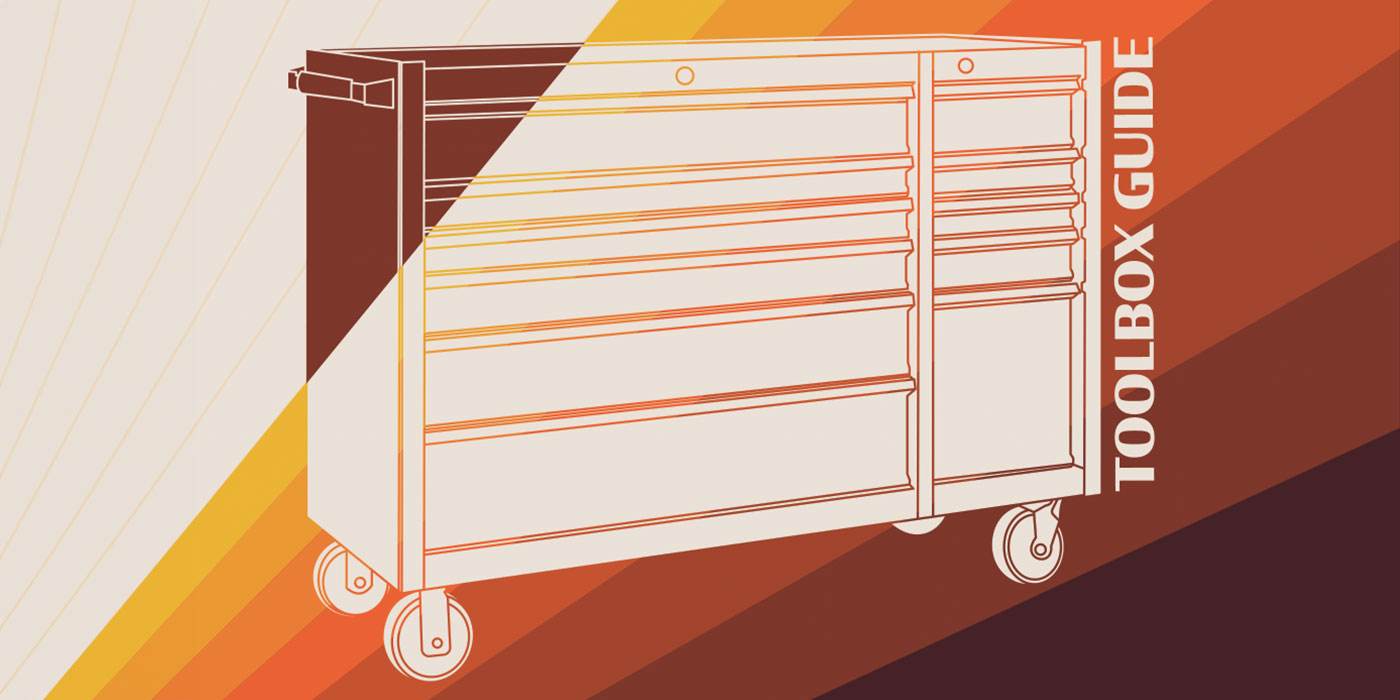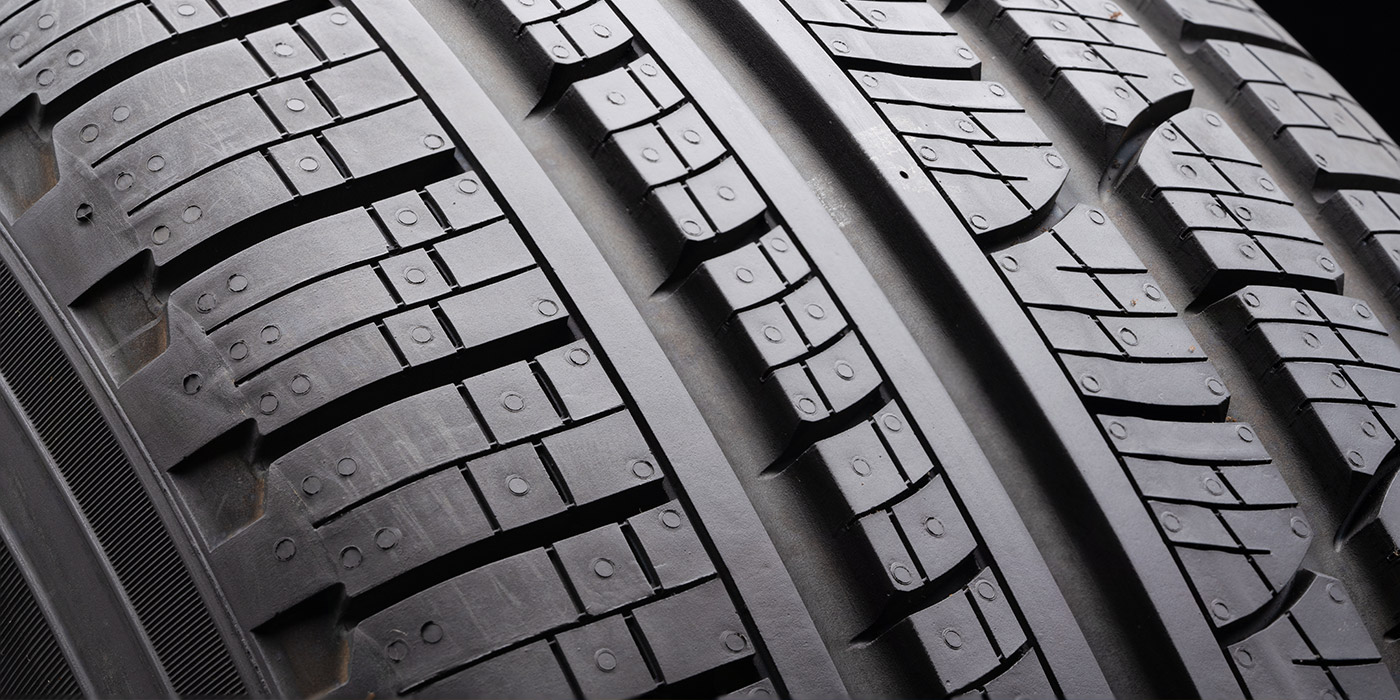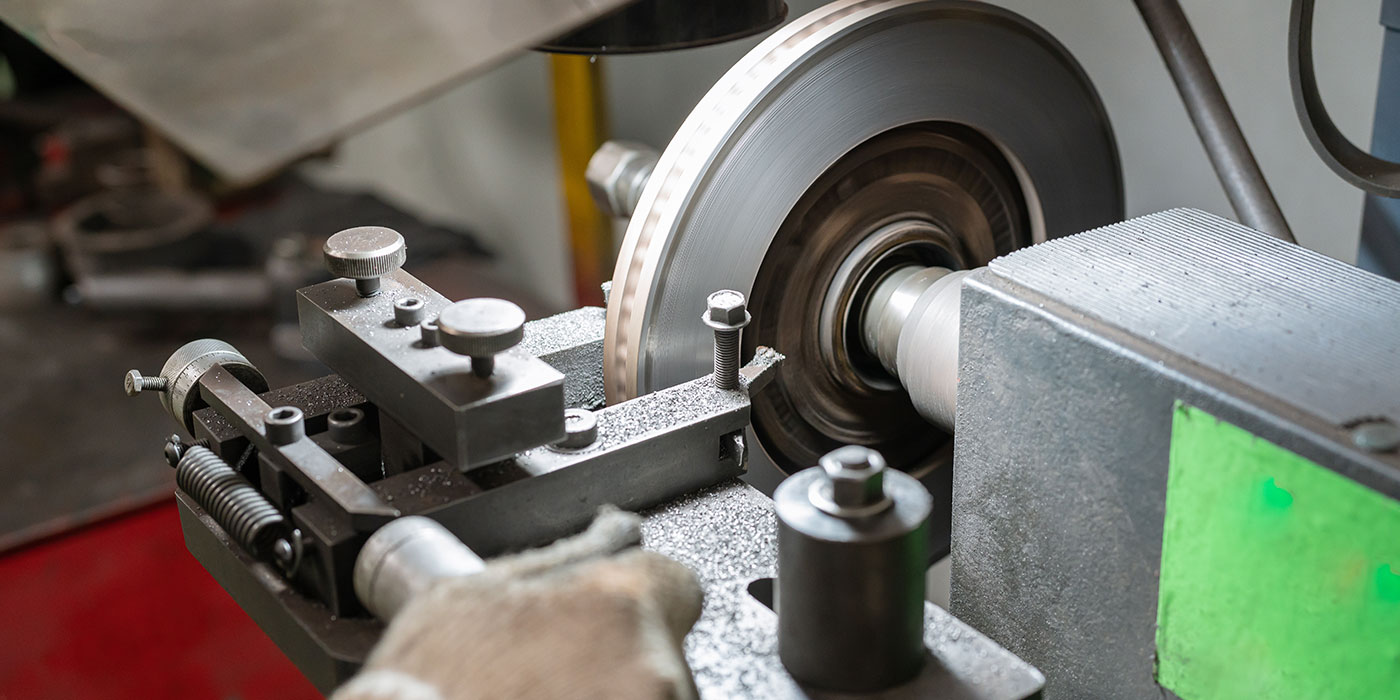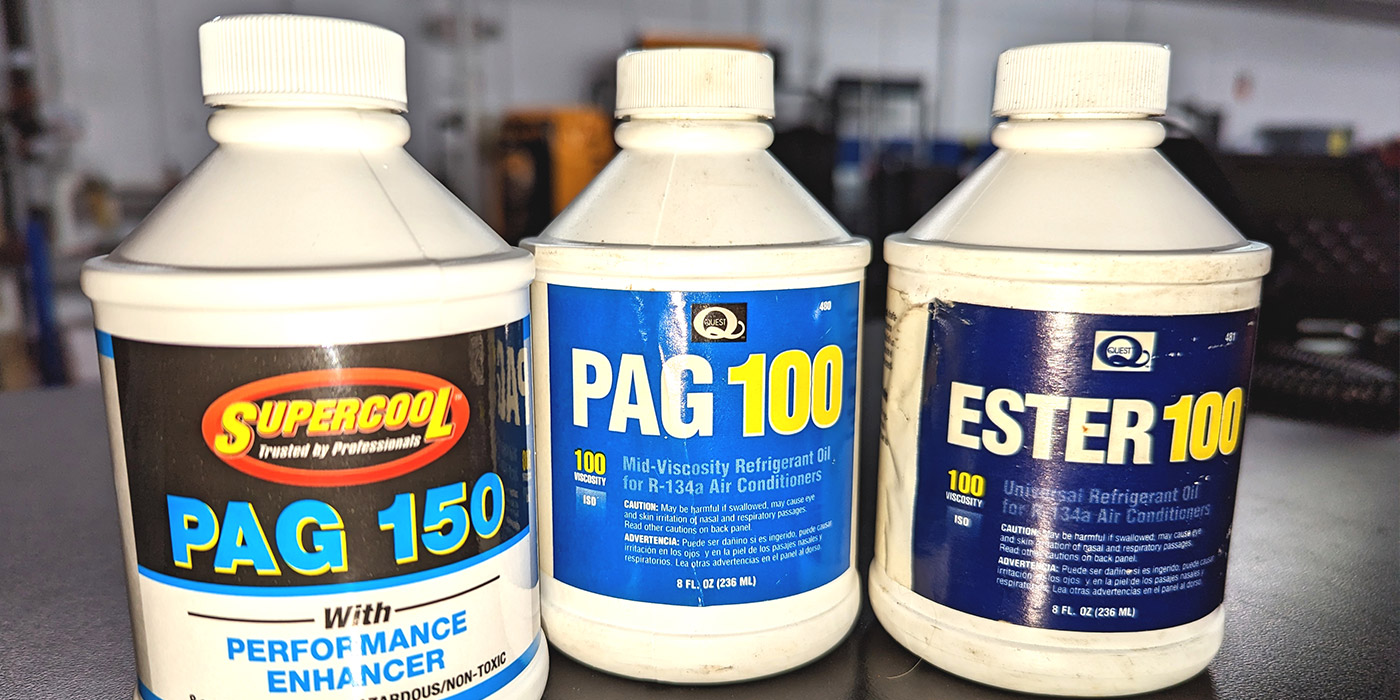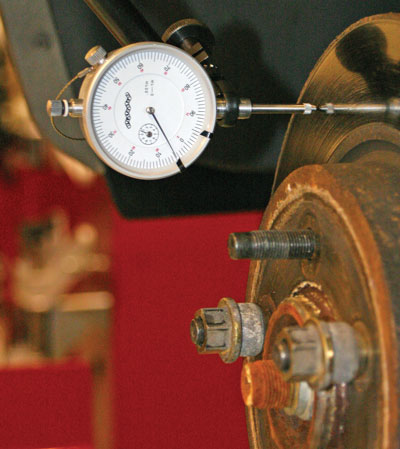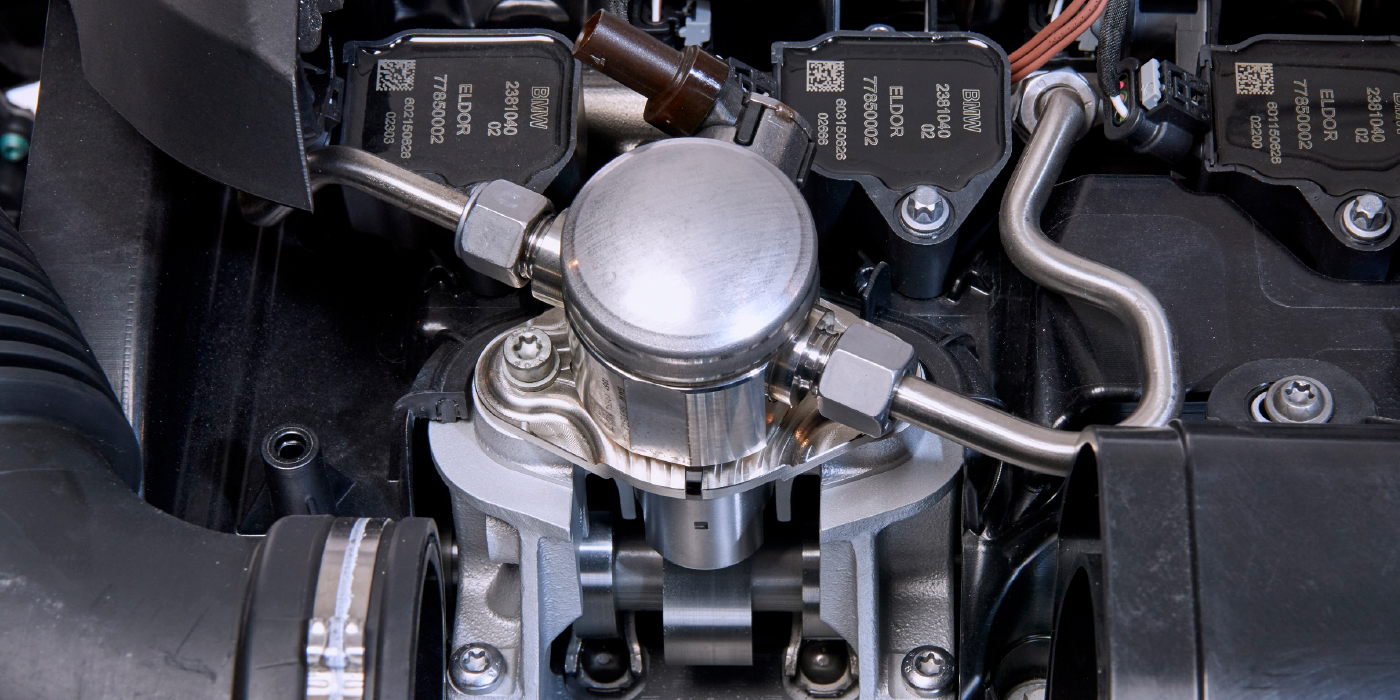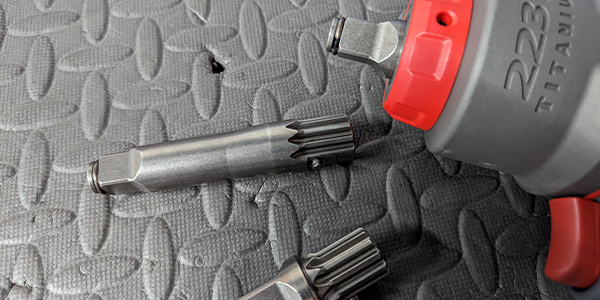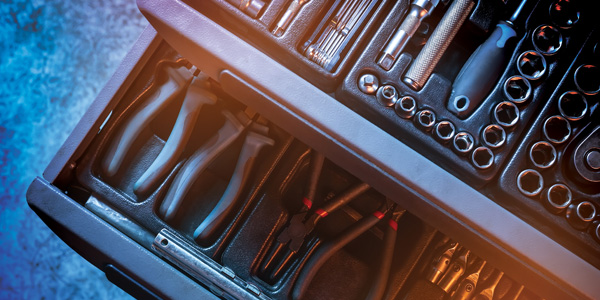About a year ago, I attended a meeting of the Fuel Pump Manufacturers Council (FPMC) in Chicago. The members of FPMC are the companies who manufacture and supply fuel pumps to the aftermarket (as well as the auto makers). The purpose of the meeting was to address a serious problem that has been plaguing the industry for some time, which is the high rate of warranty returns on fuel pumps.
The problem is that nearly 10% of all the fuel pumps that are sold by auto parts stores are being returned — which is one of the highest return rates for any automotive component including alternators. The problem isn’t bad pumps. The problem is more often than not misdiagnosis, or contamination of the fuel tank with dirt, rust or corrosion.
FPMC members say that up to 80% or more of the fuel pumps that are returned to them have nothing wrong with them and work fine when tested by the manufacturer.
So why are all these fuel pumps being returned? The most common reason, they say, is because the new fuel pump failed to fix a fuel delivery or starting problem on the vehicle — which means the original problem was not a bad fuel pump but something else.
Warranty returns are counterproductive for manufacturers, parts suppliers and installers because returns waste everybody’s time and money. Replacing a tank-mounted fuel pump can be time-consuming and difficult job. It’s not a job a technician wants to do twice — especially if there’s no pay for doing it over again. Parts stores don’t want fuel pumps to come back either because it requires extra paperwork, processing and handling. And manufacturers certainly don’t want any returns because it costs them money for shipping and processing, and undermines their credibility and reputation as a supplier of quality parts. Too many returns may even cause them to lose a major account!
If an engine cranks normally and has spark but won’t start, don’t automatically assume the problem is a bad fuel pump. There are many other possibilities. Dirt, rust or corrosion in the fuel tank can restrict or plug the fuel filter or damage the fuel pump. Other possibilities include a kinked or restricted fuel line, a leaky fuel pressure regulator, a bad fuel pump relay or module, a loose or corroded wiring connector at the fuel pump harness, a loose or corroded ground, an anti-theft system problem that is preventing the pump from running, a fault in the engine computer that prevents the fuel pump from turning on, or maybe even no gas in the fuel tank or bad gas in the tank.
To reduce the number of fuel pumps that are being returned, FPMC came up with a mission statement: “To provide professional technicians and DIY installers with the resources, tools and information to more effectively diagnose and service automotive fuel systems.”
It’s a good mission statement, but a statement alone won’t do anything to change the situation until the resources, tools and diagnostic information are pulled together and made available to the aftermarket. To find out how FPMC is progressing toward their goal, I called Mike Wilinski of Airtex Products, who is the current FPMC chairman.
The good news is FPMC has contracted a web developer to build a brand new website that will include diagnostic information on how to test, replace and handle fuel pumps. The website will also have fuel pump technical service bulletins submitted by FPMC members, as well as links to FPMC member websites. The new FPMC website will be hosted by AASA, and is planned to launch at the end of the second quarter 2008.
The other good news is that one of FPMC’s members is currently developing a new piece of equipment that should go a long way toward reducing unnecessary fuel pump returns: a fuel pump bench tester. The tool is being designed primarily for use in auto parts stores, but could also be used in a repair shop. The target date for release of the new fuel pump bench tester is later this year (we’ll let you know when it becomes available).
The fuel pump bench tester will use a safe, low flammable liquid, and test both pressure and flow volume. Like a bench tester for alternators and starters, it will allow a store employee to test a customer’s old fuel pump and get either a “good” or “bad” diagnosis. The same equipment can also be used to verify the operation of a new pump before it leaves the store, or to check a fuel pump that is being returned under warranty.
Currently, the only way to test a fuel pump is on the vehicle — but this requires a certain level of know-how and some special tools. If a technician suspects a bad fuel pump, he will usually listen for the pump to run for a couple of seconds when the ignition is first turned on (no buzz means no power to the fuel pump, which may indicate an electrical problem rather than a bad pump). A pressure gauge is needed to measure fuel pressure, and on vehicles that do not have a service fitting on the fuel rail, that means teeing the gauge into the fuel supply line. Testing should also include measuring the volume of fuel the pump can deliver. This requires attaching a flow meter to the fuel supply line. But many technicians skip this step because they assume good pressure means the pump is okay — which is not always true.
FPMC is also looking at ways to get more information into the hands of parts jobbers, technicians and especially DIYers. One of the goals is to include more detailed diagnosis and installation instructions in the box with each new fuel pump. FPMC members are also looking at making more fuel pump training clinics available, especially in “problem” locations where return rates are unusually high.
Finally, there is the issue of low-cost imported fuel pumps. FPMC members, which currently include only North American manufacturers, are concerned about the quality of many of these imported pumps because the entire industry suffers when poor-quality pumps don’t last. FPMC members strive to produce the highest quality parts, and design their parts with engineering, research and development, and quality control measures that assure their pumps meet OEM specifications for performance and durability. FPMC members also strive to provide support and training for their customers.


